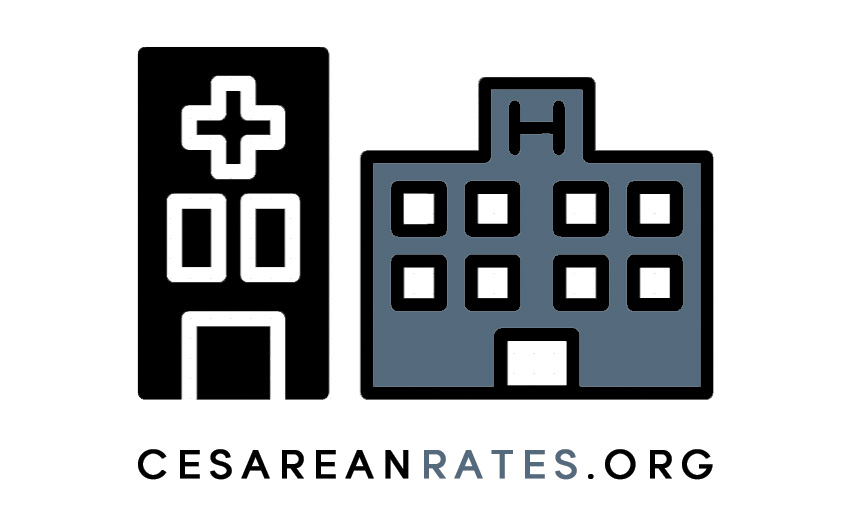South Carolina
NTSV Cesarean Birth Rate Dashboard: South Carolina
Rhode Island’s NTSV cesarean rate does not meet the Healthy People 2020 target of 23.9 percent.
What does NTSV mean?
How does this state compare to the United States?
How does this state rank among other states?
About this state dashboard
Centers for Disease Control and Prevention (CDC) National Center for Health Statistics provided a special report on state-level final data to CesareanRates.org. These include maternal morbidity cases, maternal conditions and characteristics of labor and delivery not currently accessible in CDC WONDER. Our organization is publishing these alongside national numbers to inform the public, policy makers, public health experts and the obstetric and midwifery community about state-level progress toward Healthy People 2020 goals for childbirth.
Maternal Morbidity, SC, 2016
All births: 57,342
Maternal transfusion: 3
3rd- or 4th-degree perineal laceration: 7
Ruptured uterus: 0
Unplanned hysterectomy: 1
Admission to intensive care unit: 3
Unknown: 5
Maternal Morbidity, U.S., 2016
All births: 3,945,875
Maternal transfusion: 11,494
3rd- or 4th-degree perineal laceration: 25,463
Ruptured uterus: 976
Unplanned hysterectomy: 1,342
Admission to intensive care unit: 5,003
Unknown: 5,362
More available on CDC WONDER, including data on age, race and other characteristics.
Mobile device users: Turn phone horizontal for best viewing of this page.
Characteristics of Labor and Delivery
Final Route of Delivery, SC
Final Route of Delivery, U.S.
Birth Attendant, SC
Birth Attendant, U.S.
VBAC v. Repeat Cesarean, SC
VBAC v. Repeat Cesarean, U.S.
Compare to other states:
Epidural/Spinal Utilization, SC
Epidural/Spinal Utilization, U.S.
Cesarean with Trial of Labor, SC
Cesarean with Trial of Labor, U.S.
Induction of Labor, SC
Induction of Labor, U.S.
Labor Augmentation, SC
Labor Augmentation, U.S.
Maternal Health Characteristics
History of a Prior C-section, SC
History of a Prior C-section, U.S.
Chronic Hypertension, SC
Chronic Hypertension, U.S.
Pregnancy-Associated Hypertension, SC
Pregnancy-Associated Hypertension, U.S.
Tobacco Use, SC
Tobacco Use, U.S.
Diabetes, SC
Diabetes, U.S.
Tools for Promoting Maternal Safety
Several organizations offer free quality improvement solutions online, including condition-specific toolkits and larger scale data collection and analysis protocols.
Hospital level:
Patient Safety Movement Foundation: Optimizing Obstetric Safety Actionable Patient Safety Solutions (APSS)
Council on Patient Safety in Women's Health Care: Maternal Safety Bundles
California Maternal Quality Care Collaborative: Toolkits and Maternal Data Center
State or regional level:
State Perinatal Quality Collaboratives
Maternal Mortality Review Committees: General information and standardization of data collection

